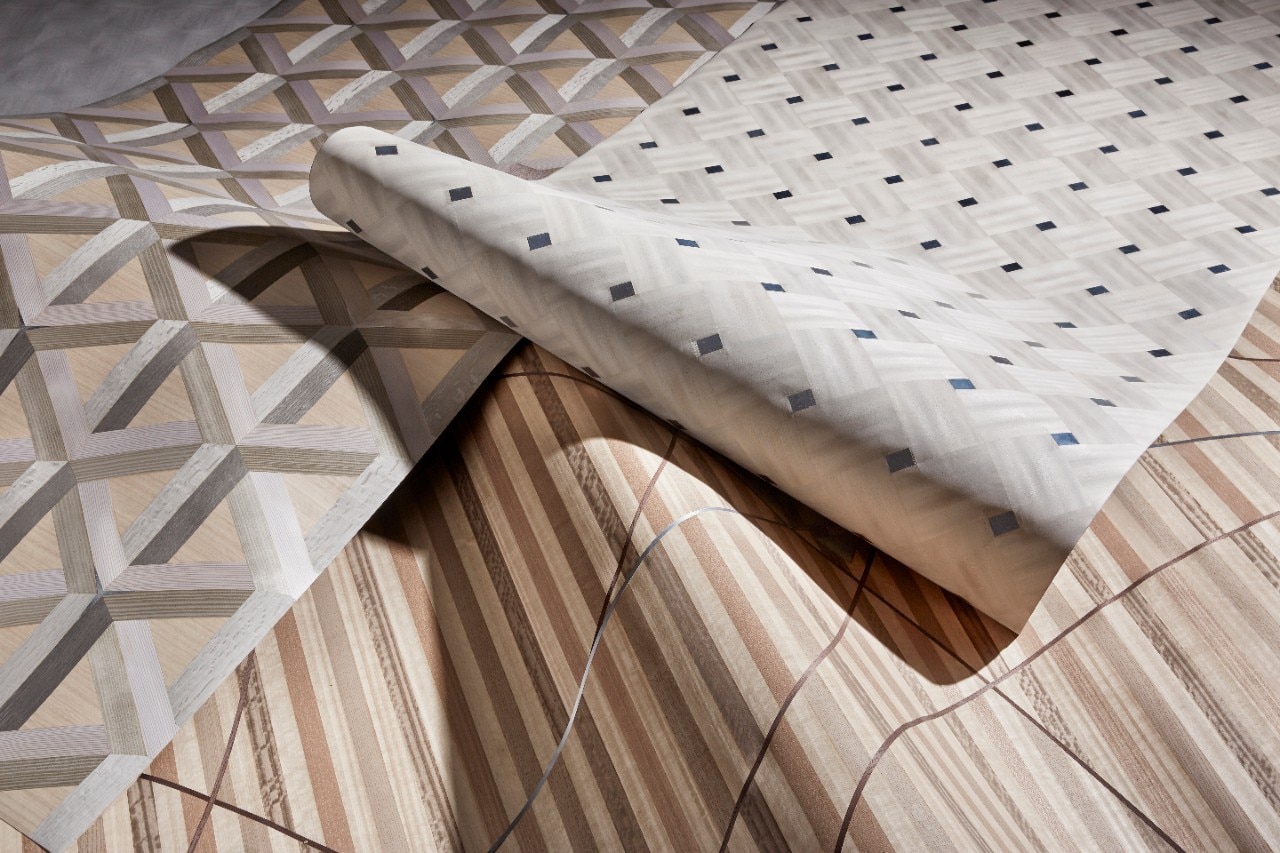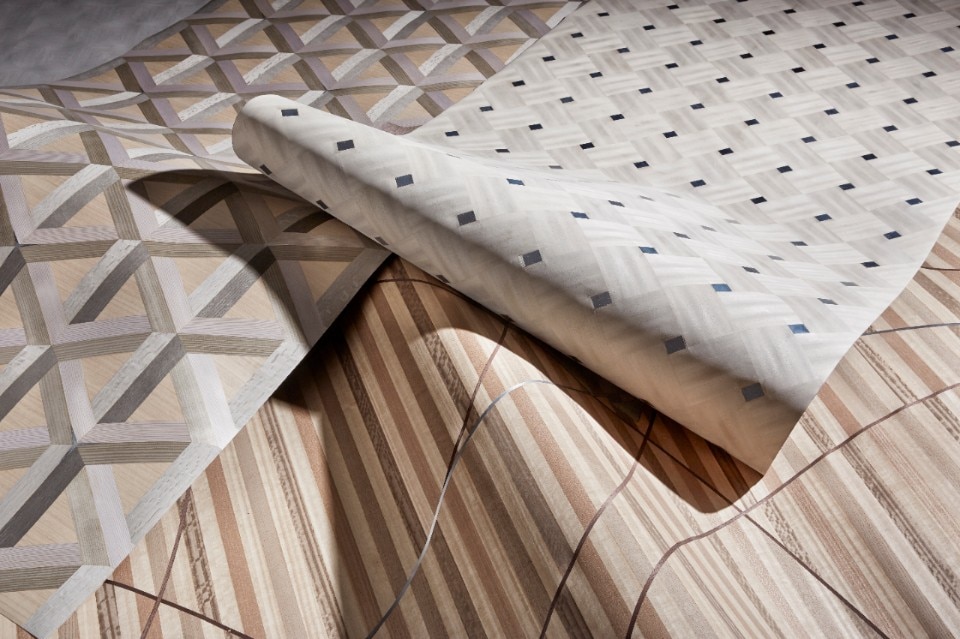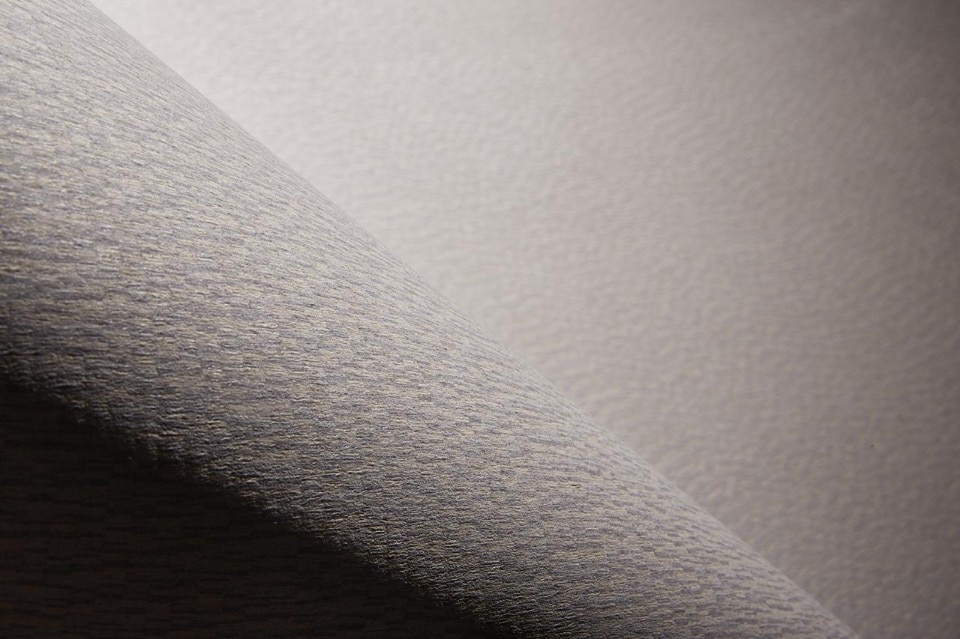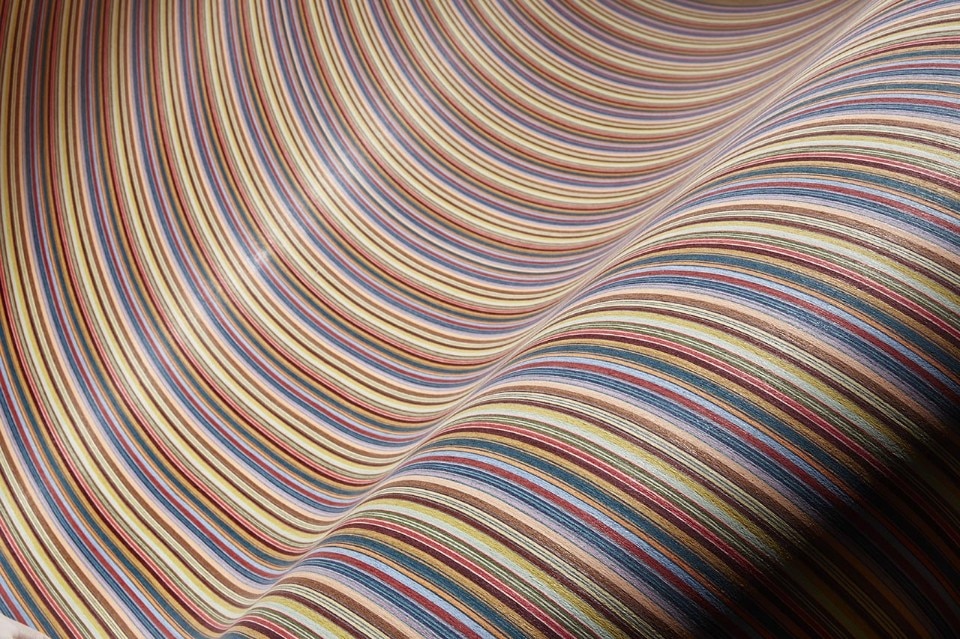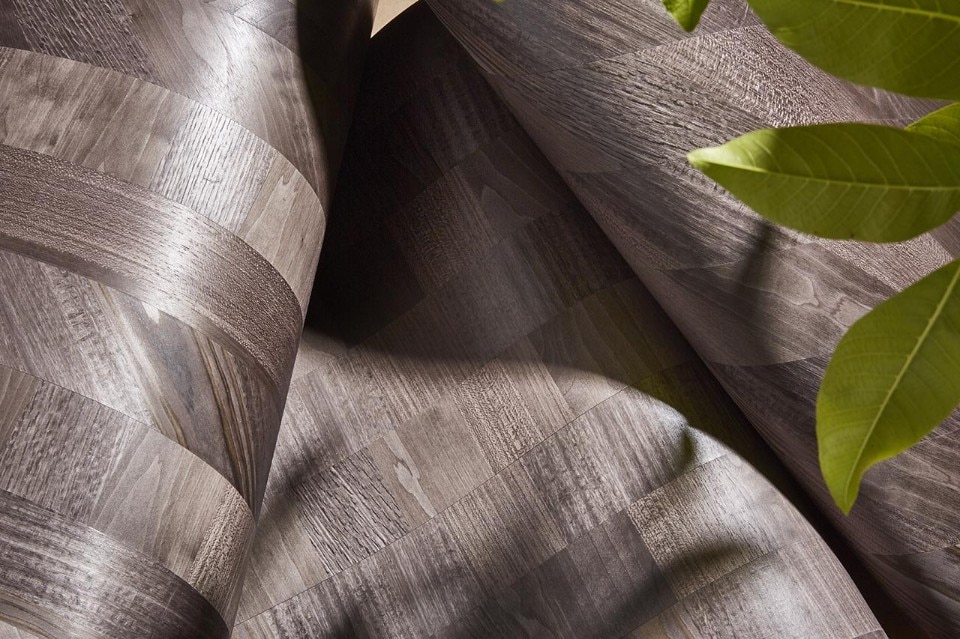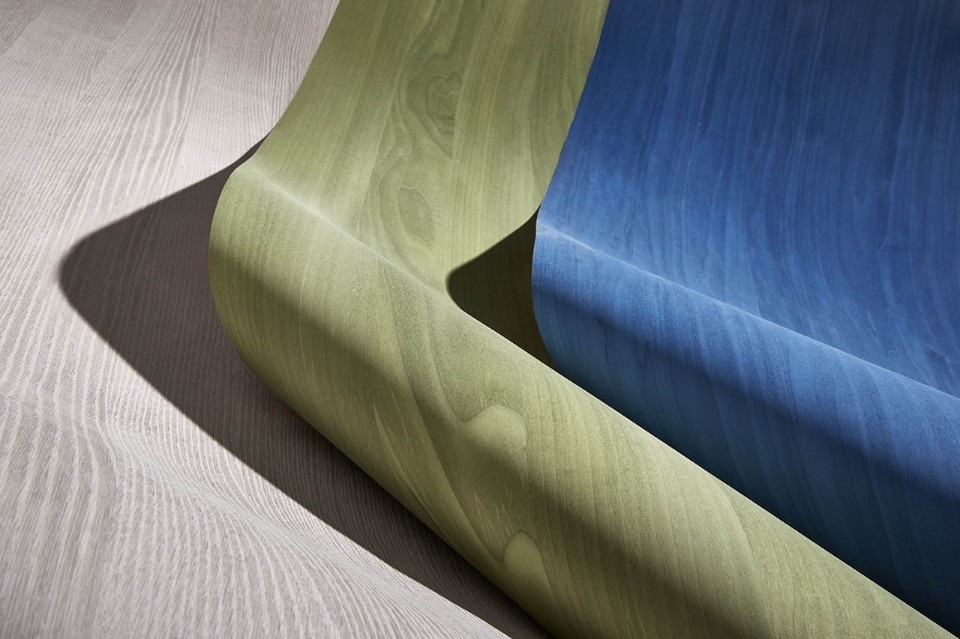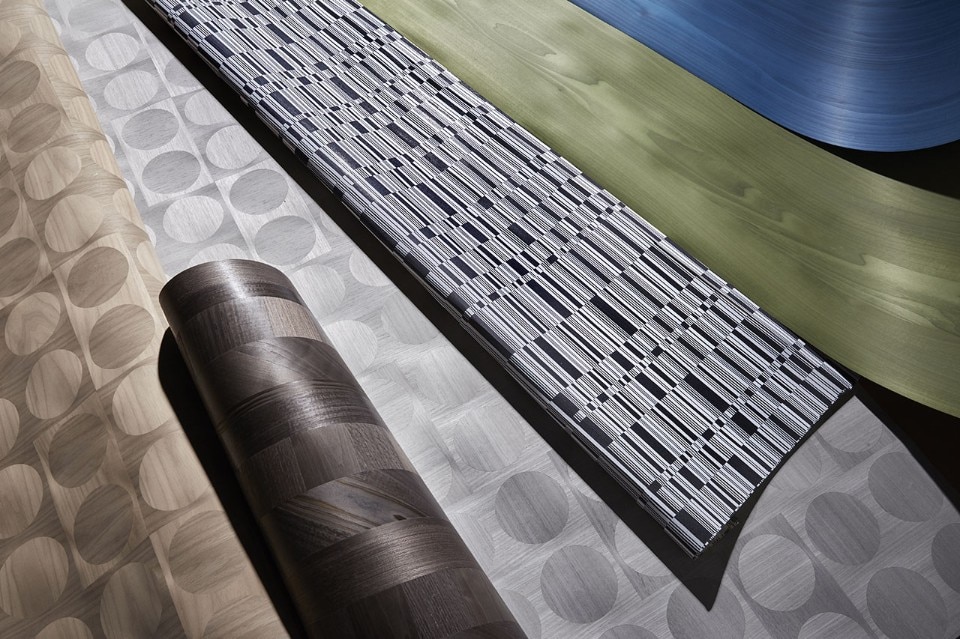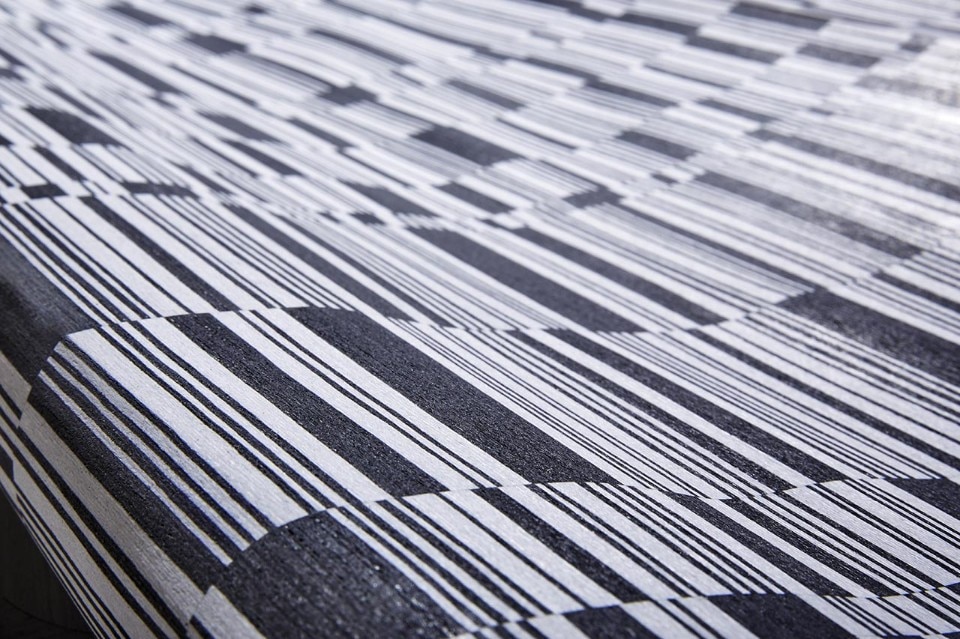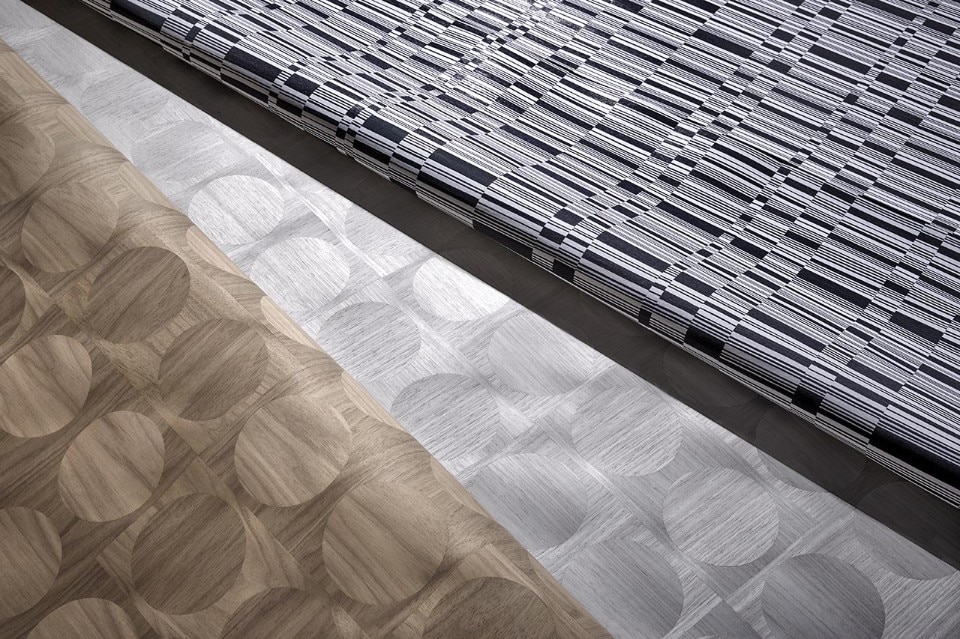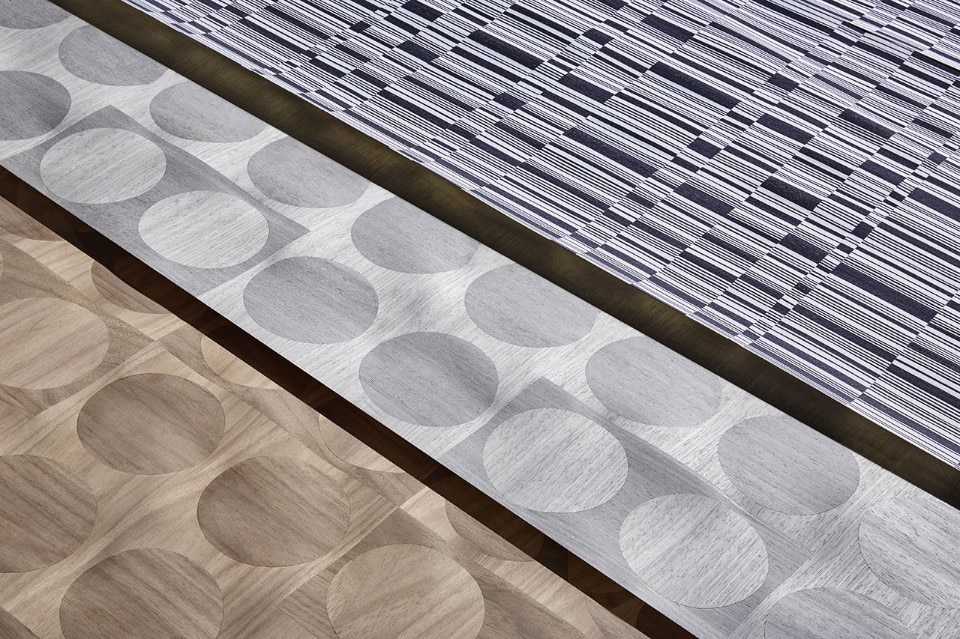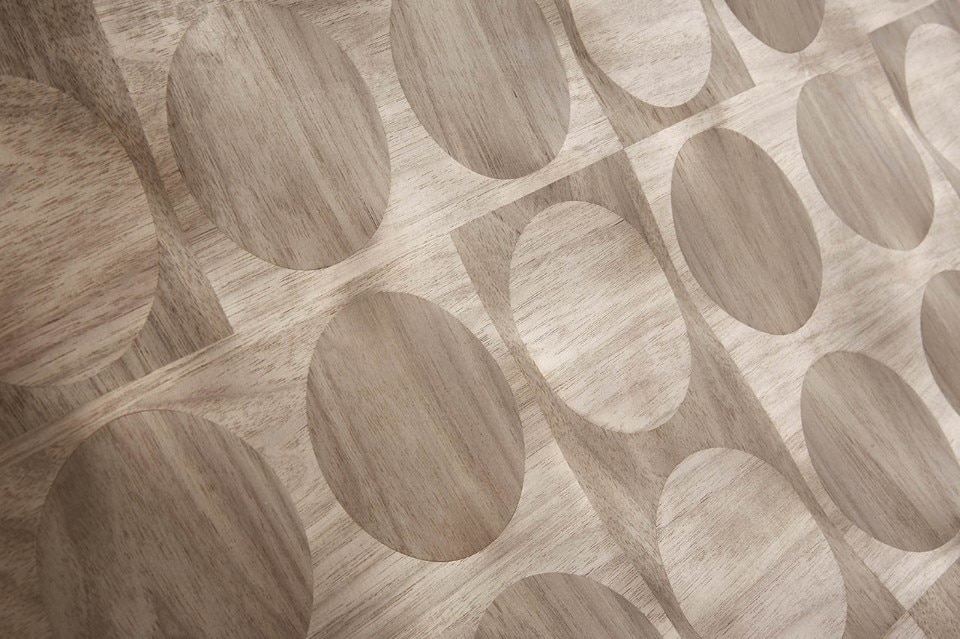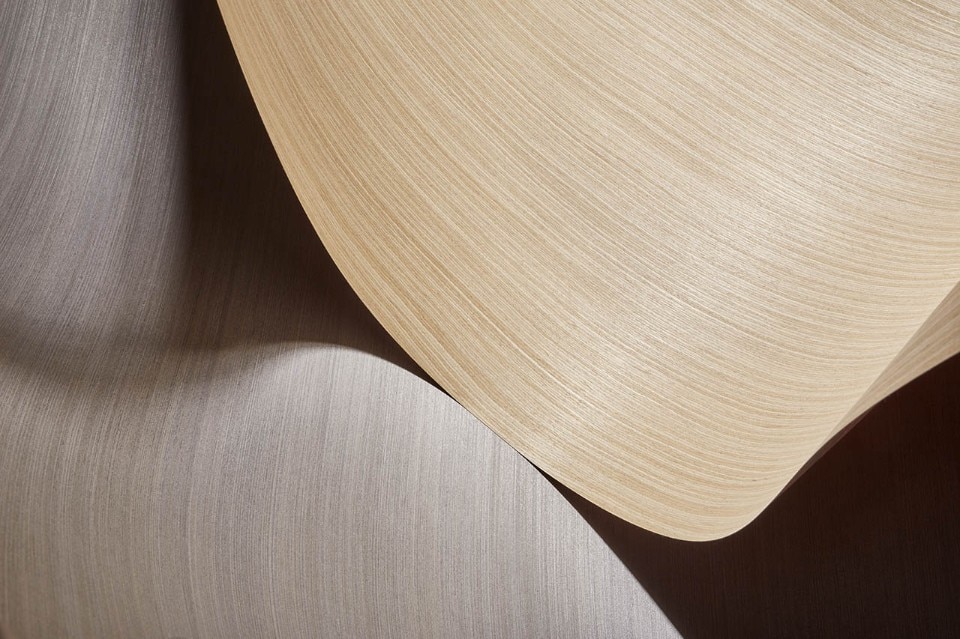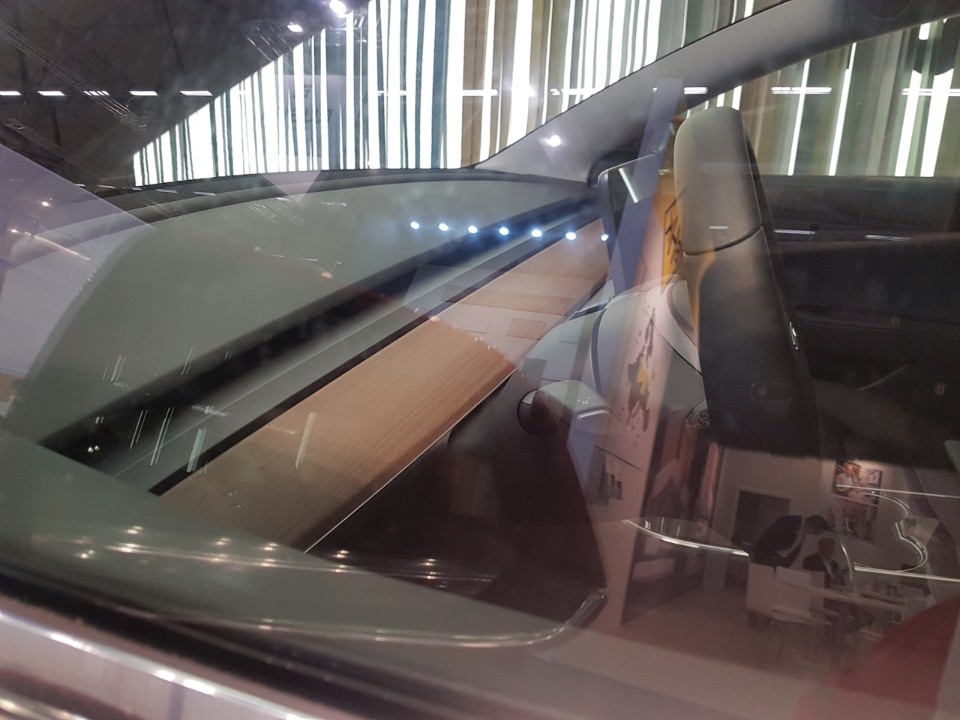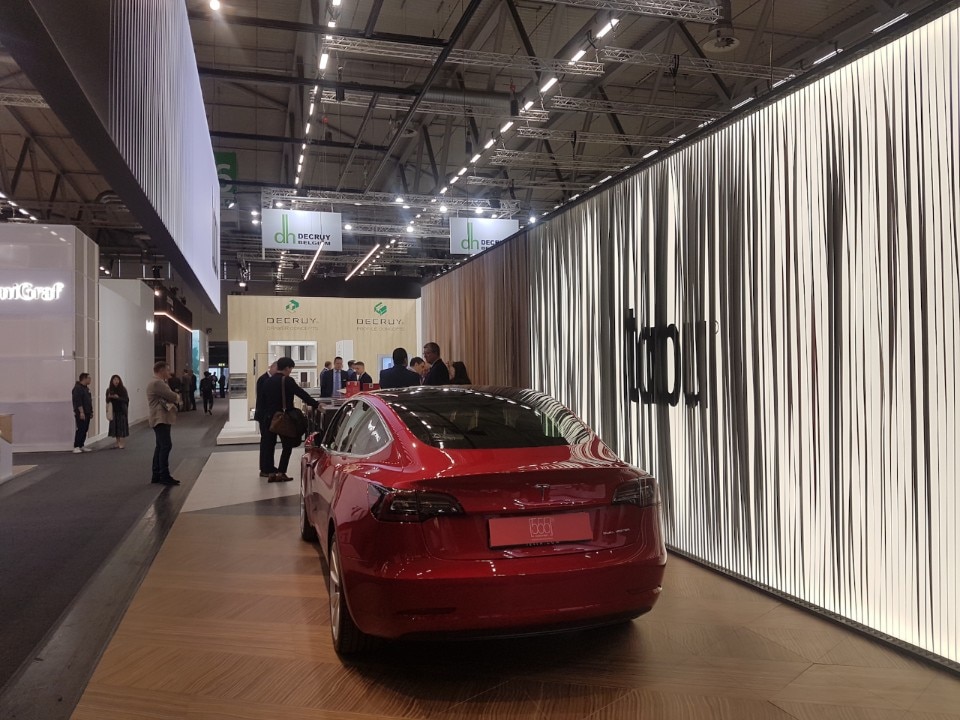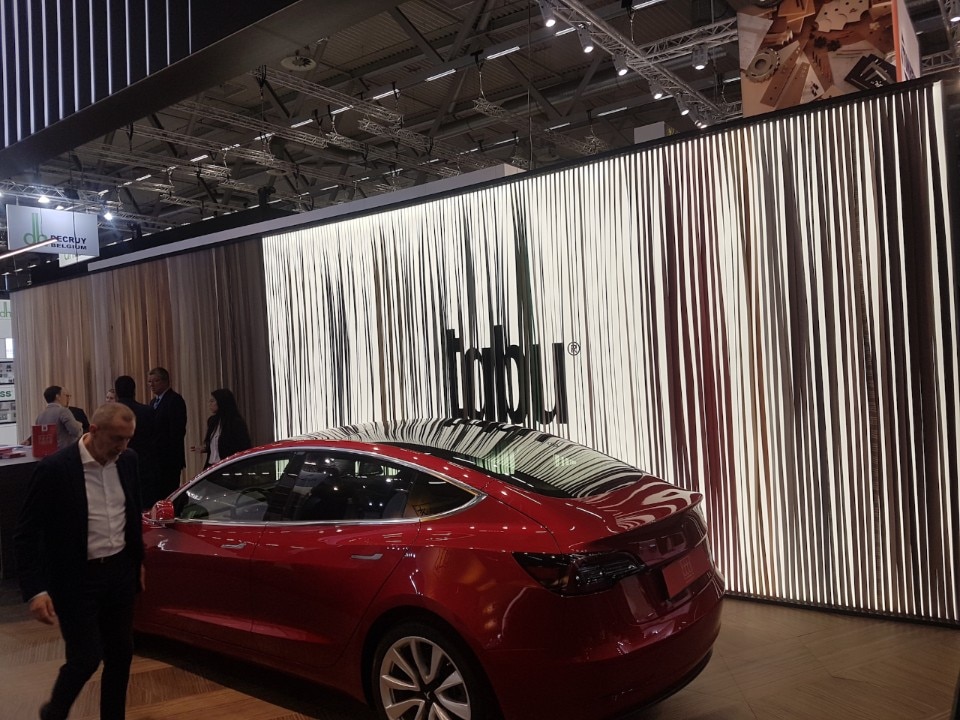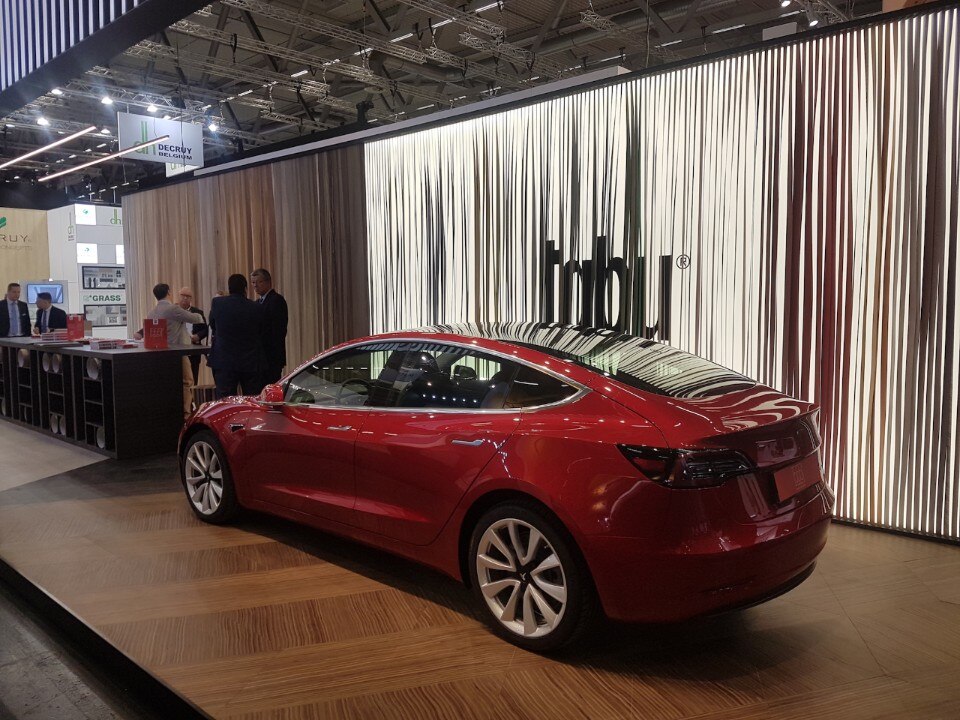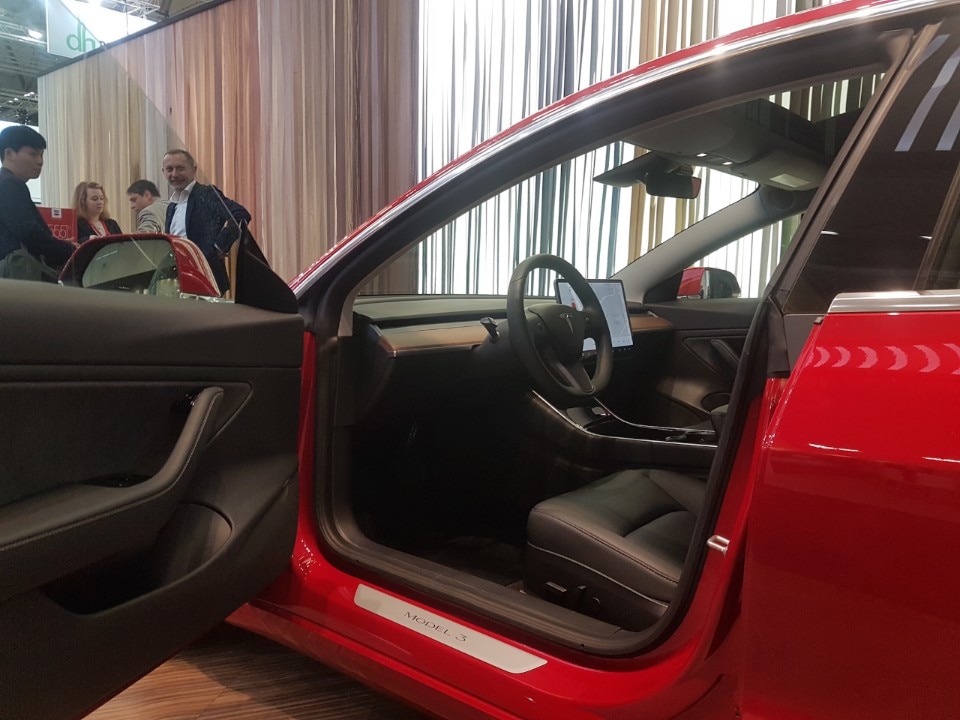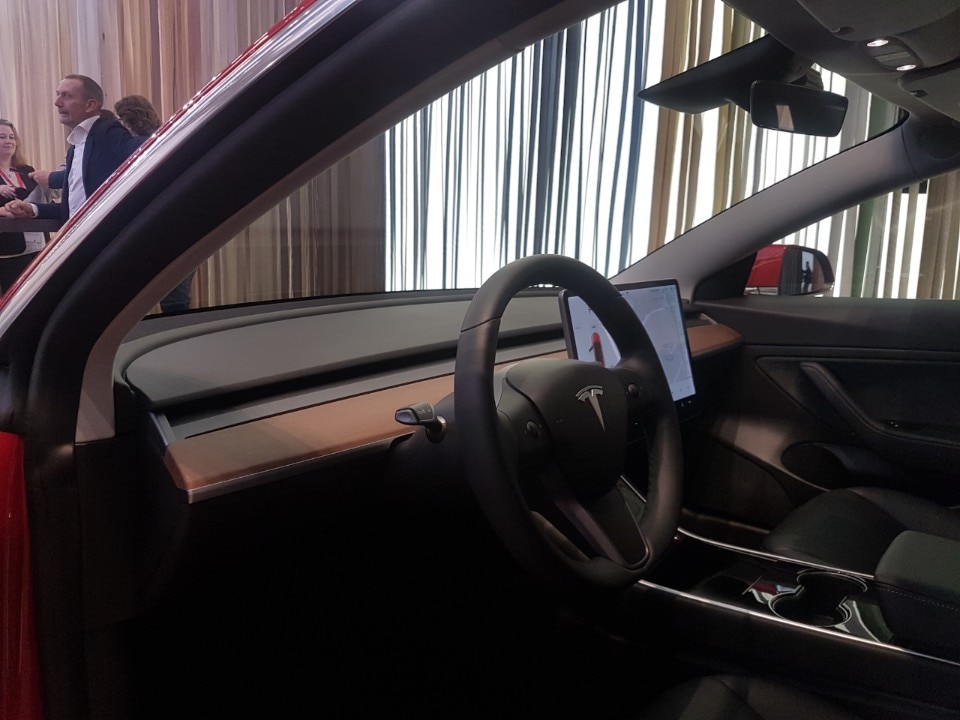Founded three generations ago, Brianza-based company Tabu is carrying on its mission to engineer the process of dyeing wood. Andrea Tagliabue, vice-president of Tabu, presented to DomusforDesign the innovative processes developed by the company, including the ambition to use creativity and technology in order to recycle 100% of the wood they receive in the factory.
When was your company first established, and how was its evolution throughout its history?
Tabu was founded in 1927 by Achille Tagliabue, my grandfather, who had a great idea. Starting from his experience as a polisher, he looked for a way to dye the furniture not once it was finished, but by dyeing the veneer (the thin sheets obtained by slicing the solid wood, editor’s note) in all its thickness. This innovation made it possible to guarantee the homogeneity and replicability of the colour on the wood, transforming a manual product into a more industrial process. Today Tabu boasts a collection of 555 shades applied to twenty wood species exported to 60 countries around the world. The heart of its activity is still the production of dyed veneers to support the needs of designers, allowing them to create environments where colour can be easily managed.
Your latest collection is called "Rethinking the future"- Anthology One, and draws inspiration from The Sustainable Development Goals set in 2015 by the United Nations General Assembly and intended to be achieved by the year 2030. How does this reflect your commitment to creating more sustainable products?
This collection was born within a much more complex project: Tabu aims at creating products that follow the model of the circular economy. Today, when we talk about wood, we tend to choose the most beautiful species, perhaps excluding certain types because their grain isn’t perfectly straight. On the contrary, we have chosen to work with a slightly less perfect wood, redesigning it by using our knowledge in design and technology: we used to exploit only 50% of a log, but now we are trying to reach 100% of what we have in our factory. We are also trying to make use of all the wood that was previously discarded because it was undersized or difficult to process by using it in different formats. To give an example, in the Biodiversity collection, there are up to twenty different wood species in a single panel.
What are the latest product innovations that you presented with "Rethinking the future"?
The collection is divided into two large groups. The first is called Graffiti: all the products are made using industrial inlays with different wood species. Then we have the latest generation of multilaminar wood: after gluing individually coloured thin sheets together, it is possible to create sophisticated geometries and designs. An example is City Vibes, which has a “barcode” texture based on only two contrasting shades of wood: black and white. To these, we added a natural veneer whose grain could only be decided by Mother Nature.
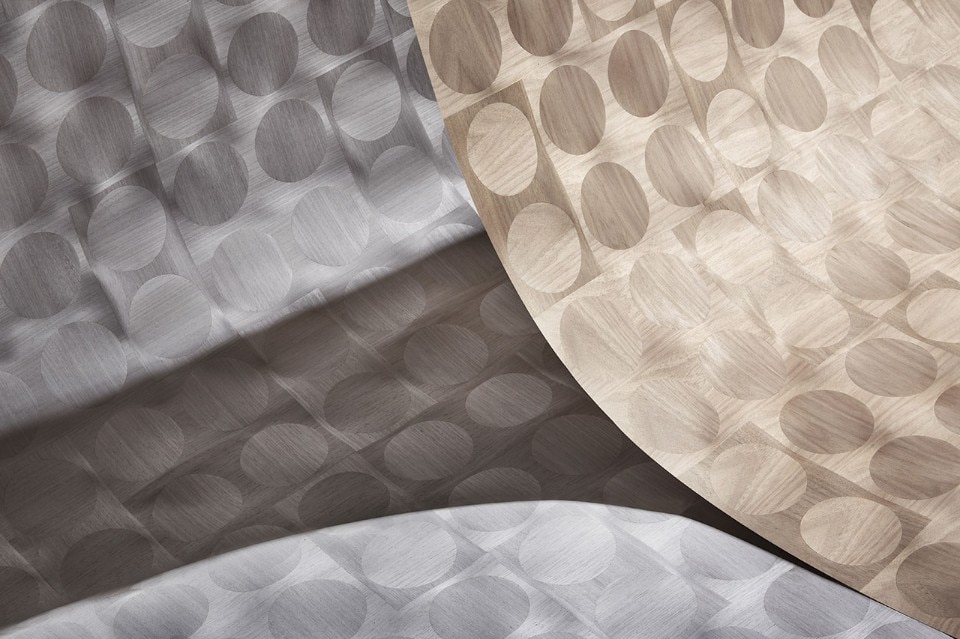
The Tondo Tondo inlay is the result of the collaboration with a young designer, Nicola da Dalto, winner of last year's IDEASxWOOD Tabu's competition.
Tondo Tondo is the winner of the contest in the student category. In this case, the designer shared our commitment to using small size wood, and created an interchangeable module inspired by Gio Ponti's ceramics from the Hotel Parco dei Principi in Sorrento. The module is only 40 cm long: therefore, he managed to employ the wood that would have otherwise been discarded.
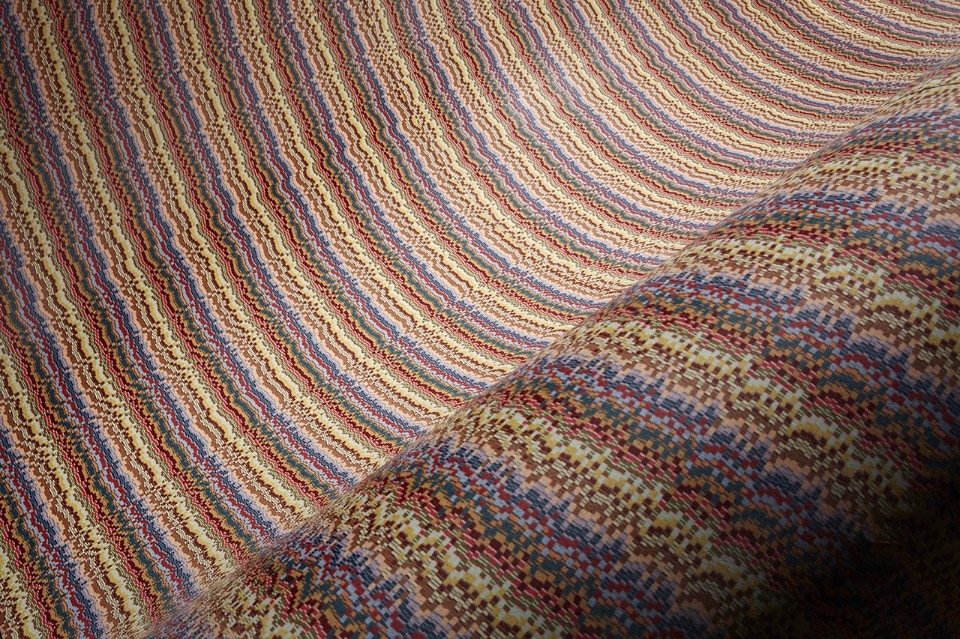
For the multilaminar veneer Punto Glitch, you have collaborated with the designer Clémence Plumelet to transpose the ancient technique of marquetry into an industrial context.
Clémence Plumelet started from the concept of the marqueterie to develop a multilaminar veneer. In computer terminology, a glitch is an error: what we have tried to represent in Punto Glitch is in fact a great error of colour. The product is also designed while keeping sustainability in mind: the 20 basic shades with which it was developed were not created from scratch, but chosen by the designer from our stock.
You operate in over 60 countries. What are the most interesting signs that come to you from the realities with which you collaborate in the world?
Our veneers can be used on a wide range of surfaces, from furniture, to panelling, to the interior of a car: the interiors of the Tesla Model 3, to give an example, are made by us. Surely the path we have taken with our competition allows us to discover the ideas of young designers, who are often extremely creative. For the 2020 edition of the competition, we have received over 460 entries. Last year there were only 183, and this sudden increase means a lot to us: each project is a way to meet many future designers, and to potentially discover the archistars of the future.
It is not a great moment for the automotive industry, and not only.
This period is certainly particular. We work with a medium-high market, which was less hit by the coronavirus emergency, but the economic situation is still bad, we have to be very careful and very positive.


